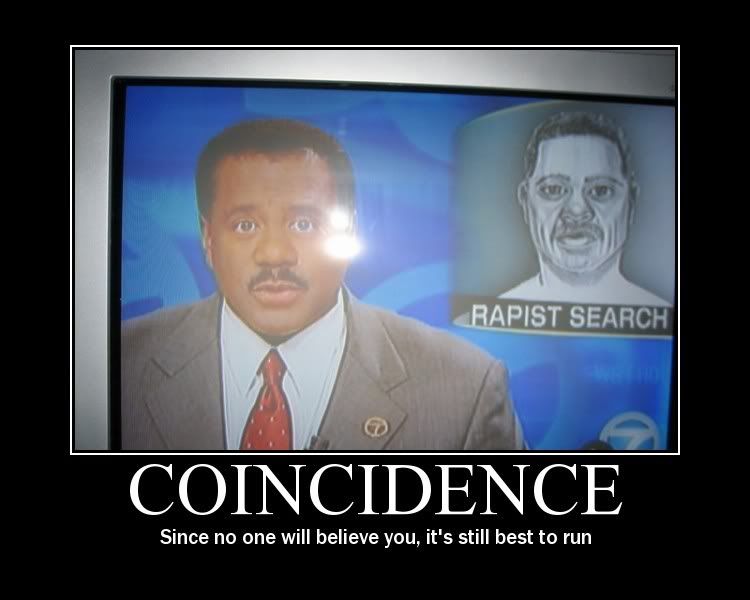
In my blog entry regarding "The Fallacy of Personal Validation," I hit on the topic of probability estimation. People are exceptionally bad at accounting for population base rates when making decisions and are wholly incapable of recognizing randomness when they see it. In the example of an astrological reading, people underestimate the prevalence of certain personality traits in the population, thus personalizing what is in reality a quite generic personality profile. A new study just published in the journal Applied Cognitive Psychology by Paul Rogers and colleagues suggests that this gross inability to consider probabilities may be the factor that differentiates a believer in the paranormal from a nonbeliever.
Rogers, Davis, and Fisk (2009) examined individual differences in susceptibility to the conjunction fallacy, wherein people judge a series of random events as more likely to co-occur than to occur individually. Here's a concrete example. Rogers et al. presented people with the following situation:
Billy has a long lost friend who he has not seen in years. They were good friends in school but drifted apart when they went away to different colleges. Billy comes home from work one evening and sits down to eat his dinner.They then had participants rate the probability (chance in 100) of three statements:
- a. "Billy thinks about his long lost friend."
- b. "Billy's long lost friend unexpectedly phones him."
- c. "Billy thinks about his long lost friend and suddenly his long lost friend unexpectedly phones him."
The conjunction fallacy occurs when the third item (the conjunction) is rated as more probable than either event individually (the constituents). Statistically, the conjunction should never be more probable than each constituent. Interestingly, paranormal believers (as measured by the Australian Sheep-Goat Scale) were significantly more likely than non-believers to give the conjunction a higher probability rating. Although participants who had more experience in math, statistics, and psychology made fewer conjunction fallacy errors, the effect of paranormal belief was still present when math ability was held constant.
As Cohen (1960) stated, "Nothing is so alien to the human mind as the idea of randomness."
References:
Cohen, J. (1960). Chance, skill, and luck: The psychology of guessing and gambling. Baltimore, MD: Penguin Books.
Rogers, P., Davis, T., & Fisk, J. (2009). Paranormal belief and susceptibility to the conjunction fallacy. Applied Cognitive Psychology, 23, 524-542. (link)







2 comments:
Fascinating. Even as a computer professional and a skeptic, I find that when it comes to probability, I must occasionally fight my biases and deal with situations that are counter intuitive.

I wonder how this relates to how skeptics and believers approach Type I errors (false positives) and Type II errors (false negatives)? As a rough generalization, skeptics are more concerned about the former and believers the latter.
Hi Reed. Thanks for the comment. You make an interesting point. I think it was Dawkins who equated acceptance of Type I and II errors to superstition and ignorance, respectively. It's definitely the case that our thresholds for acceptance and rejection of new information are very much based on our worldviews (whether we're skeptics or believers). We set high thresholds (or low alpha levels) for information that doesn't jive with our worldview...so it takes much stronger evidence for us to accept it as anything other than a false positive. Regarding Type II errors, we are rarely concerned with critically examining information that fits within our worldview, so we set our threshold very low, accepting almost all evidence regardless of its strength. Unfortunately, this seems to be an inescapable tendency of humanity.
Post a Comment